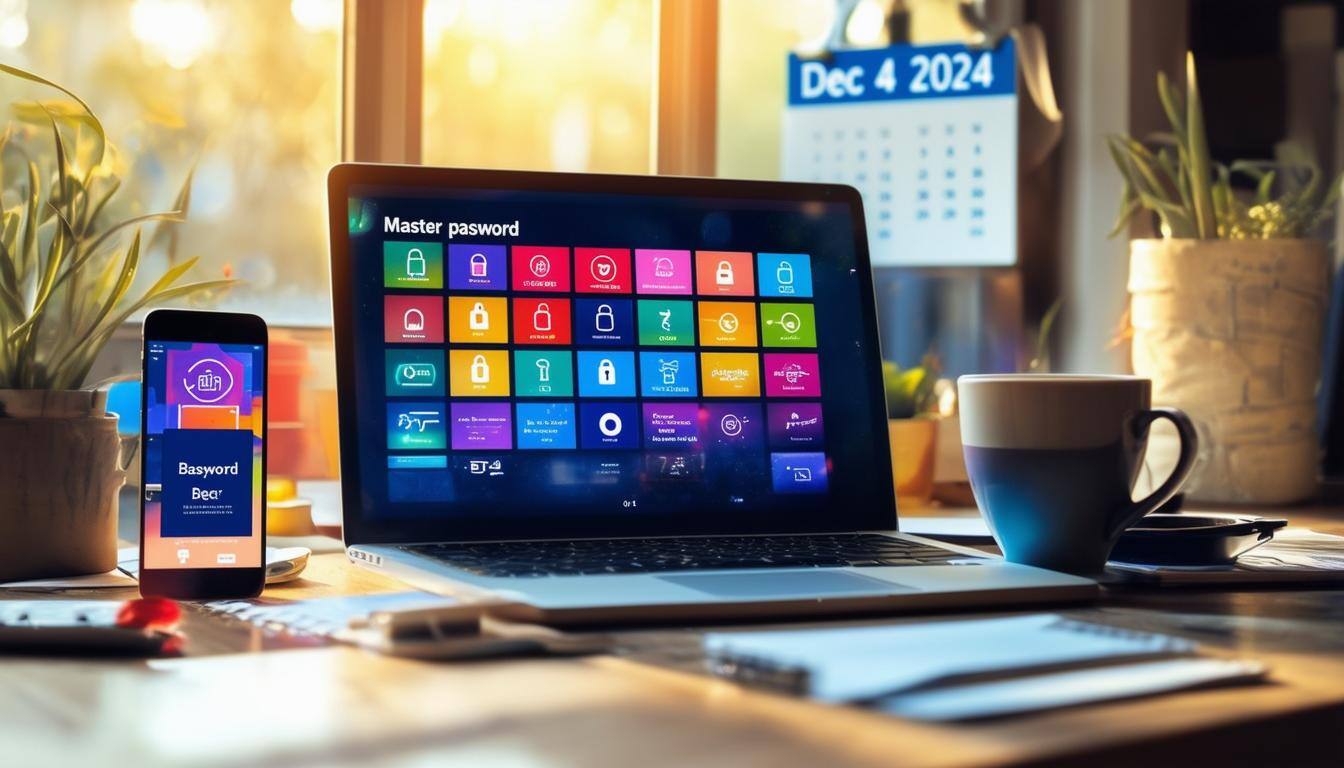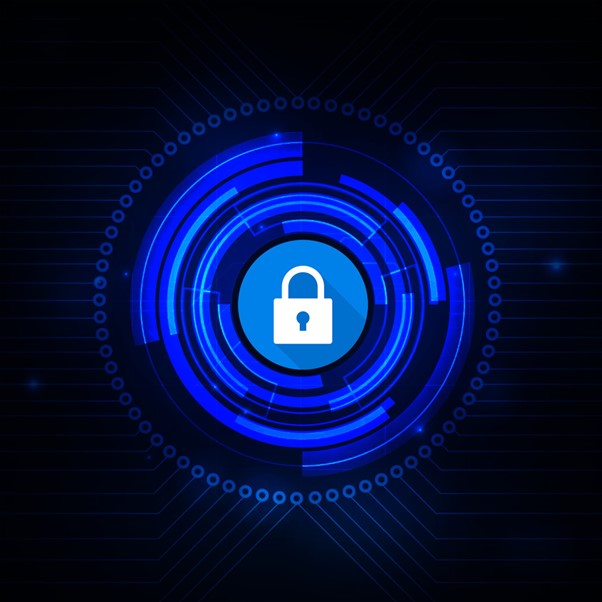How Password Managers Protect Your Accounts
Passwords are the keys to our digital lives, granting us access to email accounts, bank accounts, social media, and more. However, managing multiple...
3 min read
![]() Totalcare IT
:
Jun 18, 2025 12:08:00 PM
Totalcare IT
:
Jun 18, 2025 12:08:00 PM
The digital era has revolutionized our lives, providing unmatched convenience and connectivity. Yet, this technological progress has also created opportunities for hackers to exploit online vulnerabilities with growing sophistication. As cybercriminals grow more creative, they employ a wide array of tactics to breach personal and business accounts. While weak passwords and phishing emails are well-known threats, hackers are also leveraging lesser-known methods to gain unauthorized access. This article explores seven surprising ways hackers can infiltrate your accounts and provides actionable steps to enhance your digital security.
Hacking techniques have evolved significantly, capitalizing on technological advancements and human psychology. Traditional methods, such as brute force attacks—where hackers repeatedly guess passwords—remain in use, but cybercriminals are now adopting more sophisticated strategies. Social engineering stands out as a prevalent tactic, tricking individuals into revealing sensitive information through manipulation or deception. Credential stuffing, another common approach, involves using stolen username-password combinations from previous data breaches to access multiple accounts. Additionally, the rise of AI-powered attacks enables hackers to craft convincing phishing campaigns or even manipulate security systems to bypass protections.
Understanding these foundational techniques is crucial, as they serve as building blocks for more complex and unexpected hacking methods. In the sections that follow, we’ll delve into these lesser-known vulnerabilities and their impact on your digital safety, equipping you with the knowledge to stay one step ahead.
Hackers don’t always target obvious weaknesses; they often exploit overlooked aspects of digital security. Below are seven unexpected methods they use to access your accounts:
Cookies, small files stored on your device to save login sessions, enhance user convenience but pose a security risk. Hackers can intercept or steal these cookies via malicious links or unsecured networks, allowing them to impersonate you and access your accounts without your password. This method highlights the importance of safeguarding your browsing habits.
Many accounts rely on mobile phone numbers for two-factor authentication (2FA). In a SIM swap attack, hackers deceive your mobile provider into transferring your number to a SIM card they control. With access to your number, they can intercept 2FA codes and reset passwords, underscoring the need to secure your phone account.
Advancements in deepfake technology enable hackers to create highly realistic audio and video impersonations. These are increasingly used in social engineering scams, where a hacker might pose as a trusted colleague or family member to extract sensitive information or gain account access.
Linking accounts to third-party applications for convenience can backfire if those apps have weak security. Hackers exploit vulnerabilities in these apps to infiltrate linked accounts, emphasizing the need for careful vetting of external integrations.
Similar to SIM swapping, port-out fraud involves transferring your phone number to another provider without your consent. This allows hackers to intercept calls and messages, including account recovery codes, making it a stealthy way to compromise your security.
Keyloggers are malicious programs that record every keystroke on your device. Once installed—often through phishing emails or infected downloads—they capture login credentials and other sensitive data silently, posing a persistent threat to your privacy.
Traditional phishing emails are often detectable due to poor grammar or suspicious links. However, AI-powered phishing uses machine learning to generate highly convincing, personalized emails that mimic legitimate communications, increasing the likelihood of tricking even savvy users.
With an understanding of these unexpected hacking methods, it’s time to focus on prevention. Here are actionable steps to bolster your defenses:
Beyond basic passwords, enabling multi-factor authentication (MFA) is a critical step. Move beyond SMS-based MFA to app-based authenticators or hardware security keys for enhanced protection against interception techniques like SIM swapping.
Stay vigilant by monitoring account activity for unauthorized logins or changes. Enable notifications for suspicious activity on platforms you use, allowing you to respond quickly to potential breaches.
Public Wi-Fi networks are prime targets for attacks like cookie hijacking. Use a virtual private network (VPN) to encrypt your connection when accessing sensitive accounts in public settings.
Before linking third-party apps to your accounts, verify their credibility and review requested permissions. Regularly revoke access to apps you no longer use to minimize exposure.
Learn to spot phishing attempts by examining email addresses and avoiding unverified links. If unsure, contact the sender through a trusted channel before engaging, reducing the risk of falling for AI-powered scams.
Adopting a proactive cybersecurity mindset is vital in today’s threat-heavy environment. Consider these comprehensive strategies:
Outdated software often contains known vulnerabilities that hackers exploit. Keep all devices and applications updated with the latest security patches to close these gaps.
Protect your data with the 3-2-1 backup rule: maintain three copies on two different storage types, with one stored offsite. This ensures recovery from ransomware or data loss incidents.
For sensitive exchanges, opt for encrypted messaging platforms to prevent interception by unauthorized parties, adding an extra layer of privacy.
Ongoing education about emerging threats is invaluable, whether for personal use or within an organization. Understanding hacker tactics empowers you to identify risks early and respond effectively.
By integrating these measures with targeted protections, you can significantly reduce your vulnerability to cyberattacks. In the final section, we’ll provide steps to secure your digital life today.
In an interconnected world, cybersecurity is no longer optional—it’s essential. As hackers continue to innovate, staying informed and proactive is your best defense. Our team specializes in helping individuals and businesses protect their digital assets from evolving threats. Contact us today for expert guidance and tailored solutions to safeguard what matters most.

Passwords are the keys to our digital lives, granting us access to email accounts, bank accounts, social media, and more. However, managing multiple...

It seems that nearly as long as passwords have been around, they’ve been a major source of security concern. Eighty-one percent of security incidents...

Breached or stolen passwords are the bane of any organization’s cybersecurity. Passwords cause over80% of data breaches. Hackers get in using stolen,...